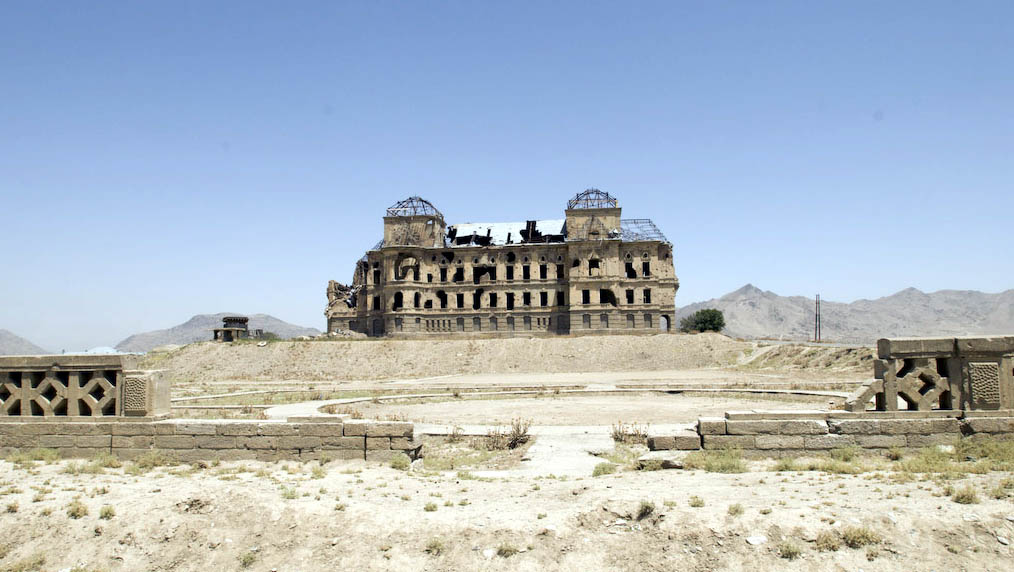Yup, sure everyone connected, 24/7.
During a recent study comparing China, the UK and Brazil exploring urban spaces and WiFi services we noted the extent that wireless technologies inherently leak from one space to another. Probably the most common example of leakage can be found in cafés that don’t provide WiFi of their own – but where the customer can jack into an open WiFi hot-spot belonging to one of the neighbours – good for anyone looking to get their net fix, but not necessarily what the café owner had in mind.
If you’re reading this from the US or Japan and frequent coffee chain stores then you probably wonder what the big deal is, but there are spaces, particularly more independently owned cafes where laptop use is less socially acceptable and frowned upon (although as laptops shrink they potentially become less intrusive). During the study the manager of a very popular neighbourhood café in Brighton talked about the ways he discouraged laptop users to get switch off by repeated sending staff to clean up around them. He joked that if they didn’t get the message he would start wiping the table with a powerful disinfectant – a behavioural expression that we termed bleaching. That the manager, quite an experienced fellow, didn’t feel able to talk directly with customer’s appropriate behaviour in his café also speaks volumes about both how we communicate what is socially acceptable behaviour in any given context, and what people try to ‘get away’ with in public and private spaces.
Which in a round about way brings me to the use of vehicle mounted cell phone jammers in Kabul as a way of mitigating the threat of Remote Controlled Improvised Explosive Devices (RCIEDs). When a vehicle with a suitably equipped jammer passes by at a sufficiently slow speed – your call is cut. An example of such a device here though there are more pocketable variants targetted at high street consumers. Whilst the technologies to connect are becoming smaller and cheaper – so are the technologies to jam those connections.
Some thoughts on this conducively warm evening: the contexts in which it’s socially or legally acceptable to jam [insert name of] wireless connection? In a world of otherwise blanket coverage the means by which the boundaries between connected and these newly disconnected spaces are articulated, communicated i.e. “please turn off and check your jammer at the reception”. And the opportunities that oasis of disconnectivity create – either forcing communication through more expensive or perhaps trackable channels, or as a form of blackmail. How much are you, or perhaps the gent pictured above, willing to pay not to have your calls dropped?
Which somehow takes us from the sounds of silence to the City of Sound, and specifically this essay by Dan Hill.

